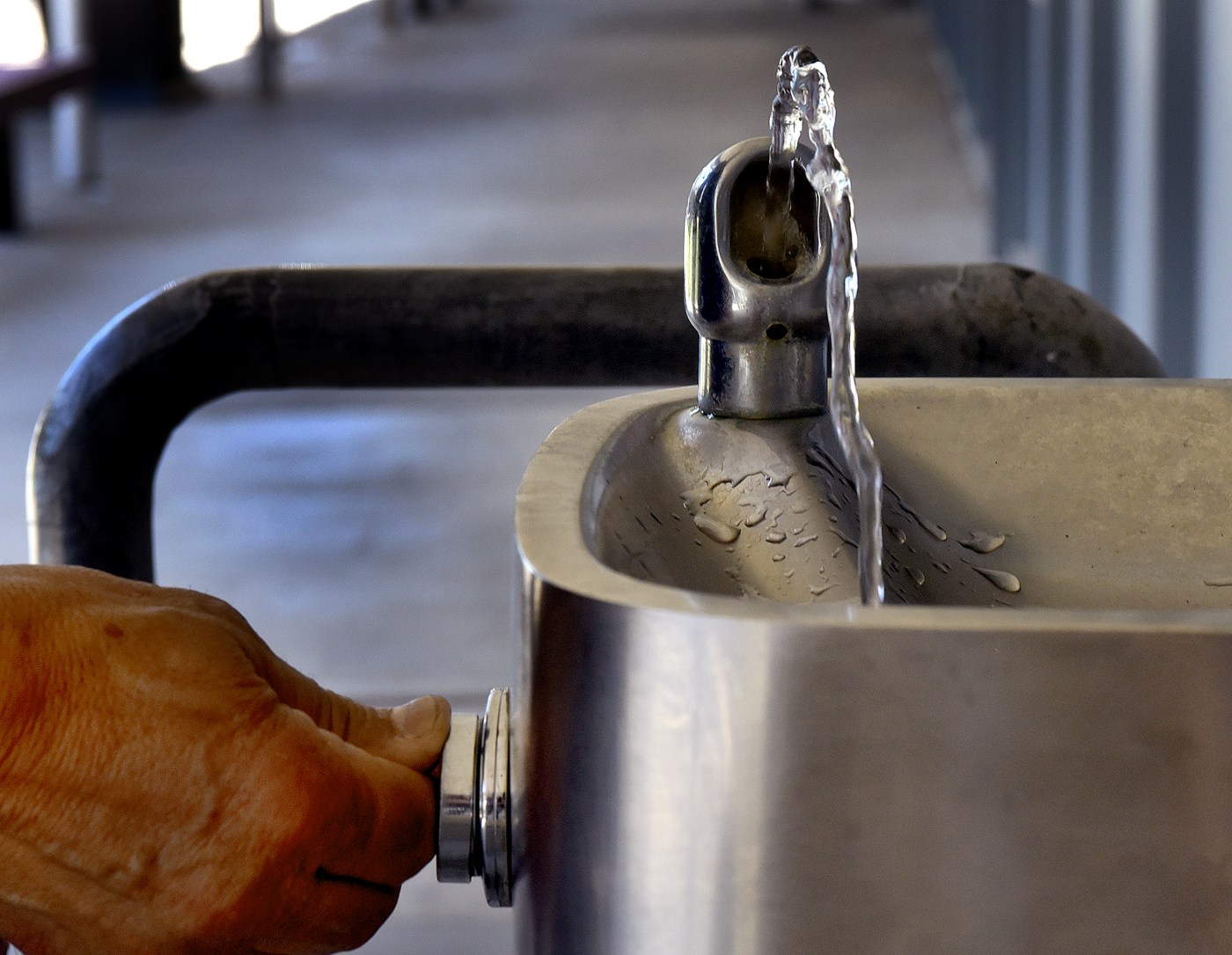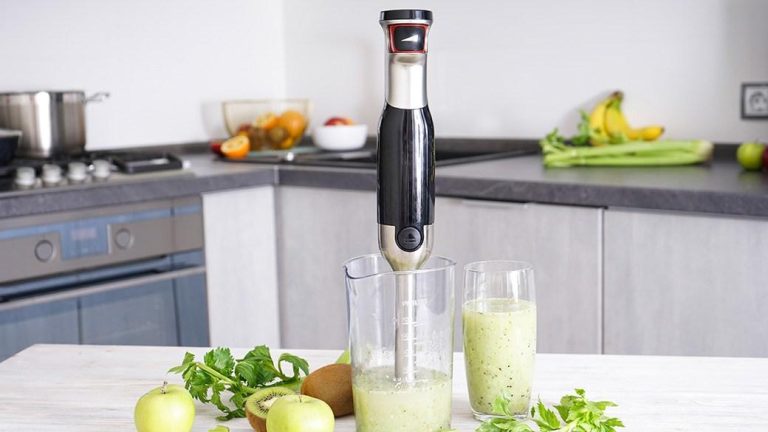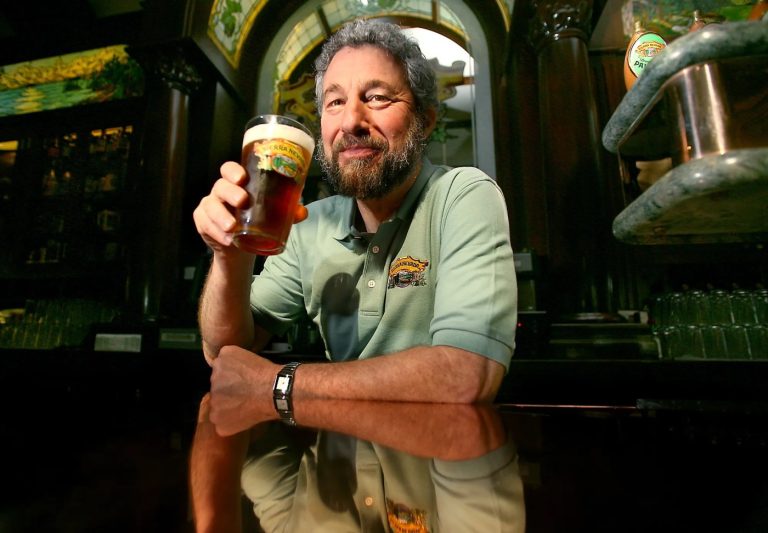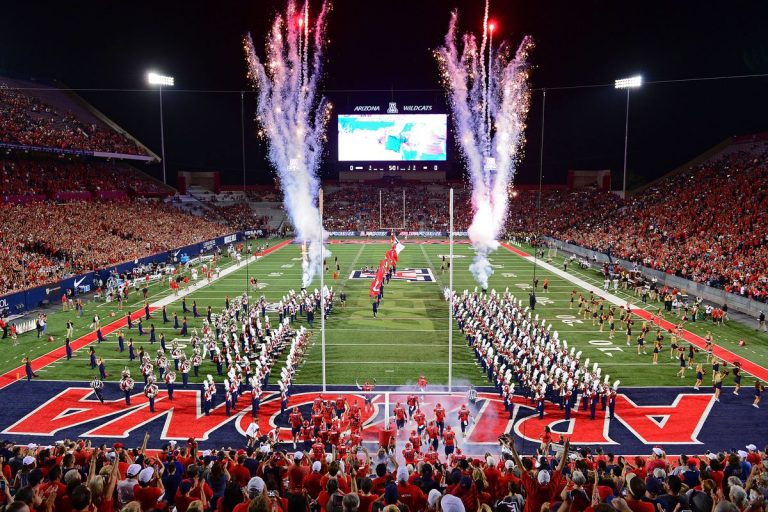PLEASANTON — A costly project to replace drinking wells closed due to contamination is moving forward, as the issue of safe drinking water bubbles to the top of the city’s election buzz.
Five years ago, the city of Pleasanton began shuttering the underground water supply, eventually closing three wells and switching an estimated 22,000 customers to a water wholesaler that serves eastern Alameda County. Now, officials are on the hunt for new wells, a project estimated to cost between $23 million to $43 million.
The issue has emerged as one of the hottest topics among candidates running for seats in November, including the tight race between current Mayor Karla Brown and Councilman Jack Balch.
When the city in 2019 detected perfluoroalkyl and polyfluoroalkyl substances — substances commonly found in Teflon or “non-stick” chemicals, known as PFAs — it “was a surprise to us all,” Brown said in an interview.
“Back in 2019, this was something that we had never tested for previously,” she said. “In my job as mayor of Pleasanton, the most important decisions I make are to protect the health of our residents.”
“Long-term water security for the Tri-Valley and specifically Pleasanton is extremely important,” Balch said. “Water is obviously essential for life, it’s essential for our economy. And it’s also got to be affordable and available in our economy.”
The city is in the planning and exploration part of the three-phase project, and expects to test several sites for possible well drilling through the end of this year, likely for four-to-eight weeks sometime between October and December, according to city spokesperson Heather Tiernan. After that, the city will also decide on the possibility of constructing a water treatment plant to siphon out dangerous contaminants and chemicals in-house.
The design and construction phases of the project won’t happen for at least a few years, officials said. An update on the status of the new well project is expected to come by next spring, Tiernan said. City officials have not decided how to pay for the entire project and so far have only committed a million dollars to cover planning and development costs.
Over the years, Pleasanton has purchased the bulk of its potable water — about 80% — from Livermore-based Zone 7 Water Agency, which will match the million dollar planning and development costs for this new project. The remaining 20% had been supplied by the city’s groundwater wells, until 2019.
The city first shut down one of three wells due to a level of contamination that warranted the city to notify residents of chemicals in the water. Two more wells were closed in 2022, cutting off 3,500 acre-feet of its water supply. Eventually, the city switched to getting its customers in the affected area to Zone 7, the regional water wholesaler based in Livermore.
Officials maintained the contamination wasn’t significant enough to be toxic or life-threatening. But it was enough to shut down the wells out of an “abundance of caution,” according to Tiernan.
Related Articles
Rain possible in the Bay Area this week in rare August storm system
Undercover staffers, burial pits and a five-ton mess: How Fremont scrambled to respond to 1,000 dead fish
Opinion: Delta tunnel project will protect California’s vital water supply
Forest Service orders Arrowhead-brand water bottler to cease operating in California Mountains
‘At real risk of blinking out’: Park Fire threatens one of California’s most iconic species
During a dry season last year, the city entertained the possibility of again tapping its wells to supplement a higher demand. Tiernan, however, said the city is “not using them to provide water to our community and we’re not planning to” anymore. The last couple years’ rain and winter seasons provided enough water to replenish the city’s reserves and there is not an immediate or planned demand for the tainted water anymore.
Mayor Brown expects finding a new well will bring down water rates for residents, as it is cheaper to provide the city with its own water instead of getting it from elsewhere, such as Zone 7.
The source of the contaminant is still under investigation, Brown said, and it is unclear where the contamination comes from.
“As we look for additional well water resources, the health of our residents again becomes the most important variable,” Brown said. She added that “every elected person should be putting that as a priority number one: clean, safe drinking water.”
Balch, meanwhile, said residents currently face issues with water “hardness,” or the mineral concentration of water coming from their faucets. Balch said that “we talk about what’s critical and essential, but if you don’t have access to clean drinking water, that’s a real problem for life.”
“I think that we obviously have to proceed cautiously given the size of the investment,” Balch said. “(And) make sure that the plan will generate adequate abundance of water as well as quality of water.”












